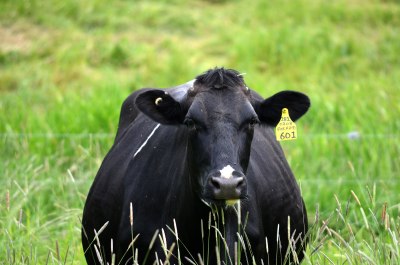What do capstans, direct conversion receivers, and fracking have in common? They were all topics Hackaday editors Elliot Williams and Al Williams found fascinating this week. If you wonder what makes an electrical ground a ground, or what a theodolite is, you should check it out.
This week, the hacks came fast and furious. Capstans, instead of gears, work well for 3D-printed mechanisms, a PI Pico can directly receive radio signals, and the guys saw a number of teardowns and reverse engineering triumphs. You’ll also find solid-state heat pumps, flying wings, spectroscopy, and more.
The can’t miss articles this week? Learn about theodolites, a surveying feat from ancient Greece, and how fracking works.
Check out the links below if you want to follow along, and as always, tell us what we’ve mispronounced — or any other thoughts on the episode — in the comments!



















